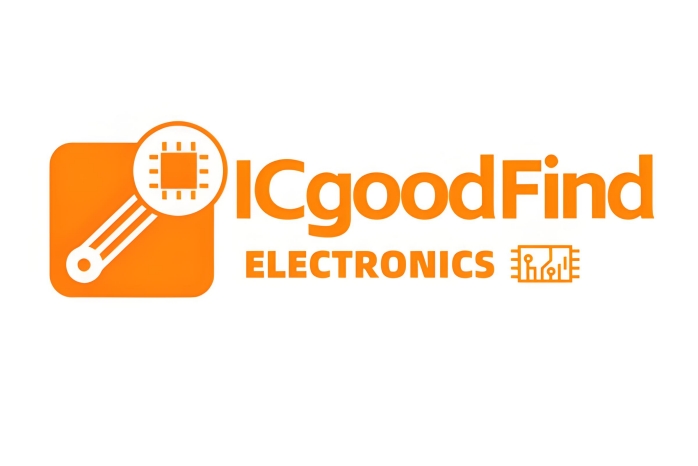**AD8544ARU: A Comprehensive Technical Overview and Application Guide for the General-Purpose CMOS Amplifier**
The AD8544ARU from Analog Devices represents a pinnacle of design in general-purpose, low-power CMOS operational amplifiers. This quad-channel amplifier integrates four independent op-amps into a single compact TSSOP package, offering an exceptional blend of performance, versatility, and cost-effectiveness for a vast array of analog and mixed-signal applications. Its design prioritizes low power consumption without sacrificing key performance parameters, making it an ideal choice for portable, battery-powered, and high-density circuit designs.
**Core Technical Specifications and Features**
The operational profile of the AD8544ARU is defined by a set of carefully balanced specifications that cater to general-purpose needs. It operates on a single supply voltage ranging from **2.7 V to 5.5 V**, making it directly compatible with 3.3 V and 5 V logic systems. A standout feature is its remarkably **low quiescent current of 45 µA per amplifier**, which is crucial for extending battery life in portable equipment.
Despite its low-power operation, the device maintains a **typical gain bandwidth product of 1 MHz** and a slew rate of 1.3 V/µs, providing sufficient speed for many DC and low-frequency AC signal conditioning tasks. The CMOS input stage offers very high input impedance (tera-ohms), minimizing loading effects on sensors or feedback networks. Furthermore, the AD8544ARU is designed with **rail-to-rail input and output swing**, maximizing the dynamic range and signal fidelity in low-supply-voltage applications. This allows the input and output signals to utilize almost the entire supply voltage range, from ground to VDD.
**Key Application Circuits and Design Considerations**
The versatility of the AD8544ARU is demonstrated in its wide range of applications:
1. **Sensor Signal Conditioning:** Its high input impedance makes it perfect for interfacing with high-impedance sensors, such as piezoelectric transducers, photodiodes, or humidity sensors. It can be configured in simple **inverting or non-inverting amplifier** circuits to scale small sensor signals to a measurable voltage range for an ADC.
2. **Active Filtering:** The 1 MHz bandwidth is well-suited for implementing various active filter topologies, including **low-pass, high-pass, and band-pass filters**. Its quad nature allows designers to build multi-stage filter circuits (e.g., a two-stage low-pass filter) using a single IC, saving board space and cost.
3. **Voltage Followers (Buffers):** The rail-to-rail output and high input impedance make it an excellent unity-gain buffer. It is used to isolate stages within a circuit, preventing high-impedance sources from being affected by the loading of subsequent stages.

4. **Analog-to-Digital Converter (ADC) Drivers and Digital-to-Analog Converter (DAC) Buffers:** It effectively buffers signals between DAC outputs and loads or conditions analog signals before they are digitized by an ADC, leveraging its rail-to-rail output to maintain full code range.
5. **Portable and Battery-Powered Devices:** This is perhaps its strongest application area. The ultra-low power consumption is indispensable in medical devices (e.g., portable monitors), handheld instrumentation, remote sensors, and any application where energy efficiency is paramount.
When designing with the AD8544ARU, careful attention must be paid to common challenges associated with CMOS amplifiers. **Proper bypassing** with a 0.1 µF ceramic capacitor close to the supply pins is essential to prevent instability and noise. While the device is internally compensated and stable for unity-gain, **layout for low noise and minimizing stray capacitance** on the inputs will ensure optimal performance.
**ICGOODFIND**
In summary, the **AD8544ARU stands out as an exceptionally efficient and versatile solution for space-constrained and power-sensitive designs**. Its combination of quad channels, rail-to-rail operation, and ultra-low power consumption within a wide supply range makes it a default choice for engineers designing modern portable and industrial systems. It successfully bridges the gap between basic, low-performance op-amps and more specialized, expensive alternatives, offering outstanding value and reliability.
**Keywords:**
1. **Low-Power CMOS**
2. **Rail-to-Rail Output**
3. **Quad Operational Amplifier**
4. **Sensor Interface**
5. **Battery-Powered Applications**
